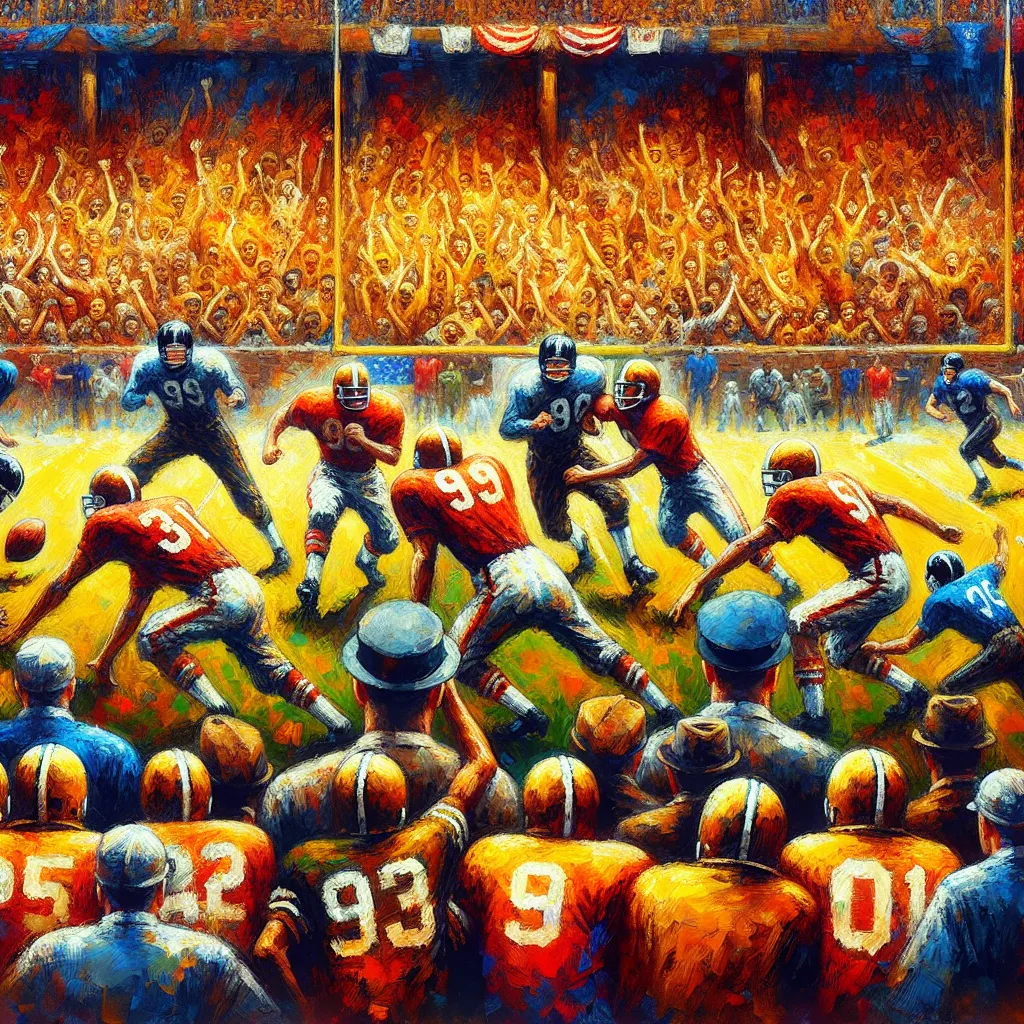
- Published on
- Authors

- Name
- Sports Tips
The Versatility of the 3-2-4-1 Formation
The 3-2-4-1 formation is like a Swiss Army knife in soccer tactics. It provides a flexible structure that allows teams to smoothly transition between defense and attack. Understanding the ins and outs of this formation can give your team an edge on the field. Let’s dive into its key components and how it can be effectively employed.
The Setup
In the 3-2-4-1 formation, players are deployed as follows:
- 3 Defenders (Center-Backs)
- 2 Defensive Midfielders (Double Pivot)
- 4 Midfielders (2 Central, 2 Wide)
- 1 Attacking Midfielder/Forward
- 1 Striker
GK
***|***
CB CB CB
DM DM
WM WM
AM
ST
Defensive Solidity
Three-Center Back Shield:
- The trio of center-backs provides a sturdy defensive line, covering a broad width of the field.
- The central defender often plays as a sweeper, cleaning up any loose balls and coordinating the backline.
Double Pivot (Defensive Midfielders):
- These players sit in front of the defense, breaking up opposition play and serving as the first line of transition into attack.
- They provide cover wide when the wingbacks advance, ensuring the team doesn’t get caught out.
Fluid Midfield Role
Central Midfielders:
- Used for playmaking and initiating offensive bursts. They need to be highly versatile, capable of both attacking and defensive duties.
- With an emphasis on box-to-box play, they must read the game well, transitioning from defense to attack fluidly.
Wing Midfielders (Wingbacks):
- They function as key outlet points for passes from the back during transitions.
- These players must have high stamina, pace, and the ability to deliver accurate crosses or cut inside to support the attack.
Attacking Threat
Attacking Midfielder:
- Often the creative hub, this player links the midfield and the forward line, shuttling between positions to exploit gaps and provide killer passes.
- They need excellent vision, dribbling skills, and the ability to strike from distance.
Striker:
- The focal point of the attack, tasked with finishing chances.
- Movement off the ball is crucial, dragging defenders out of position and creating space for midfielders to exploit.
Transition Phases
Defensive to Offensive:
- Ball Recovery:
- Defensive midfielders intercept or tackle, quickly distributing the ball to central midfielders or wingbacks.
- Quick Transition:
- The ball is played quickly to the wide positions or directly to the attacking midfielder. Speed is crucial to catch the opposition out of position.
- Creating Overloads:
- The formation enables numerical superiority in various zones, primarily at the flanks or in the central attacking area.
Offensive to Defensive:
- Counter-Press:
- Immediate pressing by the attacking players upon losing possession to regain control or slow down the counter-attack.
- Fall Back to Shape:
- Midfielders drop back to reinforce the defense, converting the formation into a solid 5-4-1 or 5-3-2, depending on the situation.
Strategic Tips
- Player Roles and Chemistry: Ensure players understand their roles thoroughly. Communication and chemistry among the midfielders and defenders are crucial.
- Physical Fitness: Emphasize stamina and physical fitness, especially for wing players who cover a lot of ground.
- Drills and Practice Matches: Regularly practice transitional plays, ensuring players can switch from defense to attack seamlessly.
Conclusion
The 3-2-4-1 formation is a dynamic system, offering a balance between defense and attack if executed properly. It allows for strategic flexibility, creates numerous attacking options, and solidifies your team’s defensive structure. Mastering this formation can be the key to controlling the game and outplaying the opposition.
Remember, no formation is perfect, and adaptability is key. Utilize the 3-2-4-1 formation to highlight your Teams strengths, keep the opponent guessing, and maintain control over the flow of the game.
